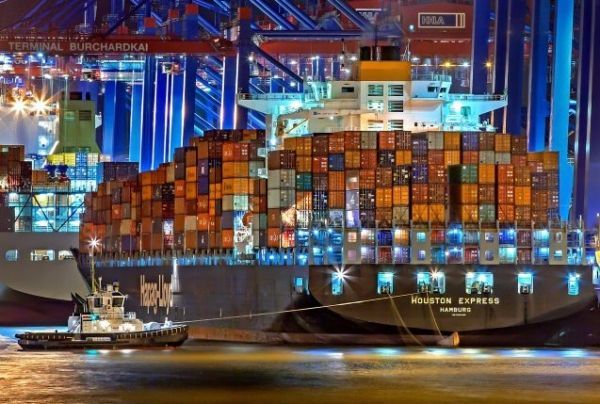Take a look at the objects around you. The laptop or phone you are using to read this article, the clothes you are wearing, the glass of juice you may be drinking … almost all of these items likely arrived at your door in part by ship. Whether it be the transport of the raw materials that create products or the product itself, shipping accounts for 90 percent of the world’s trade. The journey these ships take is marked by countless stops at ports around the world.
You may think of ports as a thing of the past, but the success of today’s global economy means we rely on ships, and therefore ports, more than ever to get goods from point A to point B. This growing reliance on international goods has helped make transportation the fastest growing cause of greenhouse gas emissions. Ship emissions are projected to increase between 50 and 250 percent by 2050. Because ports are critical points of connection where cargo is passed between ships, railroads and trucks, improving their sustainability will trickle down to every element of the global supply chain. Likewise, by assessing port sustainability, we can identify which parts of the chain need fixing.
But in order to do that, we must first identify what a sustainable port looks like. In a world where the sustainability label can be placed on everything from clothing brands to agriculture to energy sources, defining and agreeing upon sustainable practices can be tricky. This is where data and statistics play a necessary role. In order to come to a consensus on large-scale sustainability objectives, like the UN Sustainable Development Goals, scientists often create an index by gathering statistics relevant to their area of interest and picking out pieces of data that may indicate sustainable performance. For my final project in the Environmental Sustainability Indicators: Construction and Use class, which I took last spring, I drafted an index showing one way to quantify the sustainability of ports.
Continue reading at Columbia University Earth Institute
Image via Columbia University Earth Institute


